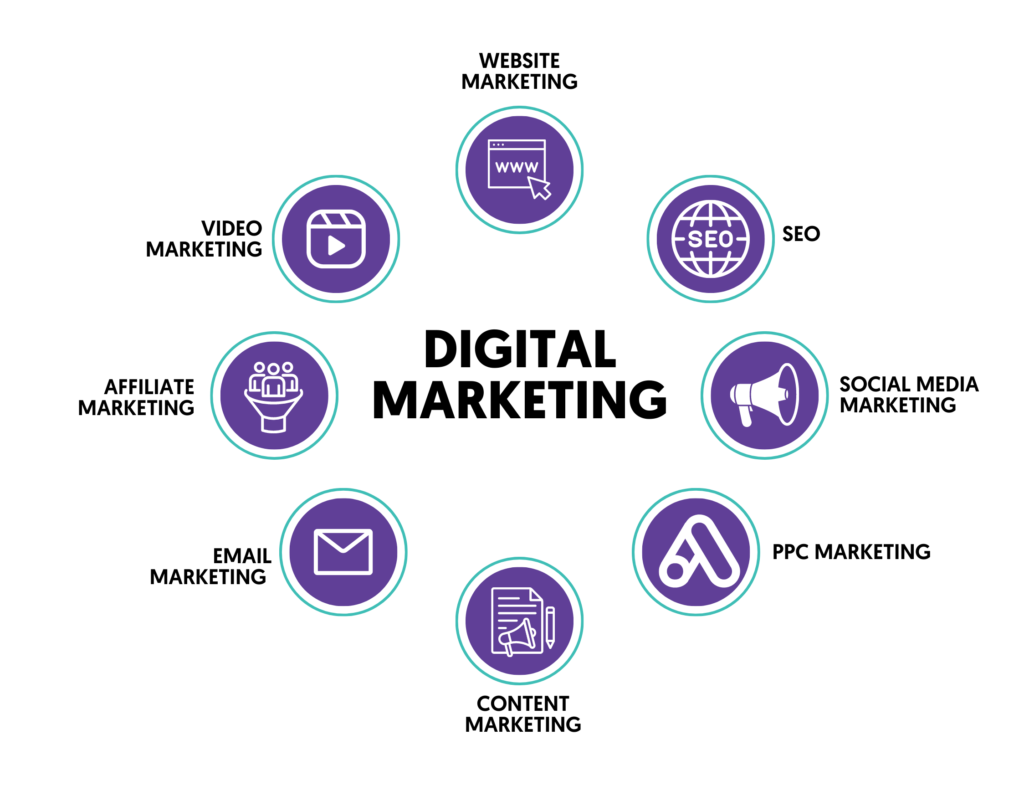Content Creation via Subscription Models
A New Era of Monetisation
Content creation via subscription models has revolutionised how creators monetise their work, shifting the traditional advertising and one-time purchase methods to a more stable and predictable income stream. Platforms like Patreon, Sub stack, and Only Fans enable creators to directly connect with their audiences, offering exclusive content and experiences in exchange for a monthly fee. This model not only supports creators financially but also fosters a closer relationship between them and their supporters.
Why Subscription Models Are Gaining Popularity

- Steady Income: Subscription models provide creators with a consistent revenue stream. This financial stability allows them to invest more time and resources into their content, fostering creativity and quality(Dollar Sprout).
- Direct Audience Engagement: By building a subscriber base, creators can engage with their audience more personally. This direct connection encourages loyalty and fosters a community around their work, enhancing user experience(Web.com)(Upment).
- Content Variety: Subscription platforms enable creators to offer diverse content types, from articles and videos to live streams and exclusive merchandise. This variety caters to different audience preferences and helps attract a broader subscriber base(Upment).
- Lower Barriers to Entry: With minimal initial investment, creators can easily set up subscription services. Many platforms offer user-friendly interfaces that allow even those without technical expertise to launch their content(Constantly Thinking)(DollarSprout).
Popular Platforms for Subscription-Based Content Creation

- Patreon: Perhaps the most well-known platform, Patreon allows creators to offer tiered memberships. Each tier can provide different levels of access to content, from early releases to exclusive behind-the-scenes material(Web.com).
- Substack: This platform focuses on newsletter content, allowing writers to monetise their newsletters through subscriptions. It’s particularly popular among journalists and authors who wish to retain creative control over their work(Upment).
- OnlyFans: Initially known for adult content, OnlyFans has expanded to include various content creators, including fitness instructors and chefs. It allows creators to share exclusive content and interact directly with their subscribers(DollarSprout)(Upment).
Challenges of Subscription Models

- Content Fatigue: As more creators adopt subscription models, standing out in a crowded market can be challenging. Creators must continuously deliver high-quality and engaging content to retain subscribers(Web.com)(Constantly Thinking).
- Subscriber Retention: Converting followers into paying subscribers is just the beginning; retaining those subscribers requires ongoing effort and value delivery. Creators need to ensure that subscribers feel they are receiving worthwhile content for their investment(DollarSprout).
- Platform Dependence: Many creators rely heavily on specific platforms, which can lead to issues if those platforms change policies or algorithms. Diversifying income streams or creating a personal website can mitigate this risk(Constantly Thinking)(Upment).
Tips for Success in Content Creation via Subscription Models

- Know Your Audience: Understanding what your audience values and how they consume content can help tailor offerings. Engaging with followers through surveys or feedback can provide insights into their preferences(Web.com)(Upment).
- Offer Exclusive Benefits: To encourage subscriptions, creators should provide unique content or experiences that aren’t available elsewhere. This could include Q&A sessions, personalized messages, or early access to new work(DollarSprout)(Constantly Thinking).
- Leverage Social Media: Promoting subscription offerings on social media can help attract potential subscribers. Regularly sharing snippets of exclusive content can entice followers to sign up(Web.com)(Upment).
Content creation via subscription models presents a lucrative opportunity for creators to monetise their work while fostering a loyal community. As more creators adopt this model, it is essential to understand the unique challenges and opportunities it presents. By focusing on audience engagement, delivering valuable content, and leveraging various platforms, creators can build sustainable careers in the evolving landscape of digital content creation.
Content Creation via Subscription Models Read More »
Uncategorized


























